
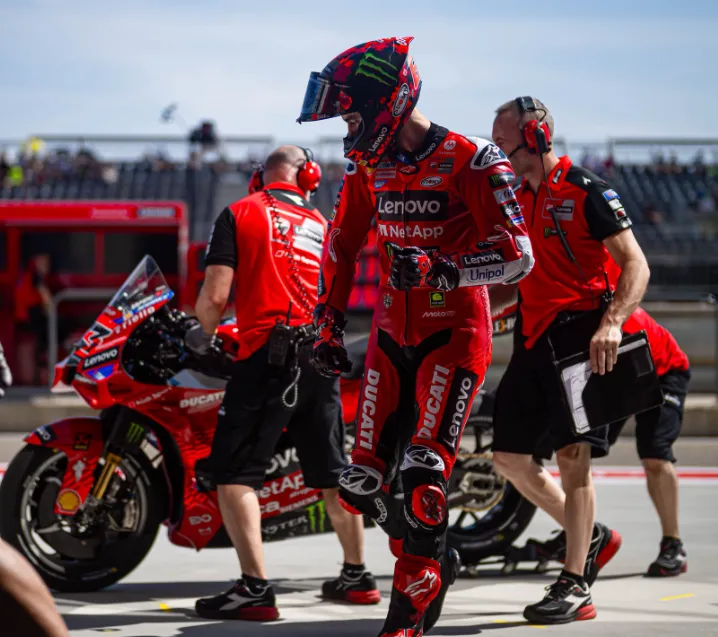
Bagnaia Craves Victory: What Small Detail Will Reverse the Misfortune in Aragon?
Francesco Bagnaia, reigning MotoGP World Champion, is no stranger to pressure. But the Aragon Grand Prix has once again reminded fans and critics alike that even champions face technical uncertainty and mental battles. Despite making it directly into Q2, Bagnaia’s struggles continued, as the GP25 Ducati showed erratic behavior and robbed him of the comfort and precision he needs to compete for victory.
Bagnaia’s Painful Precision: Every Detail Counts
In his post-practice remarks, Pecco Bagnaia didn’t mince words. He was open about the fragility of performance in modern MotoGP racing, highlighting how something as small as the feel of the front tire can transform confidence into doubt.
“I think about the victory, a small detail can make a huge difference,” Bagnaia said. “It might sound cliché, but that’s our reality. When you’re fighting at the limit, there’s no margin for error. And in Aragon, I felt that margin disappear.”
The Italian finished the session in the top 10, earning automatic entry into Q2, which was his primary objective. But beneath that success lies a troubling pattern: while his race pace remains competitive, his comfort on the bike is eroding—particularly when it matters most during time attacks.
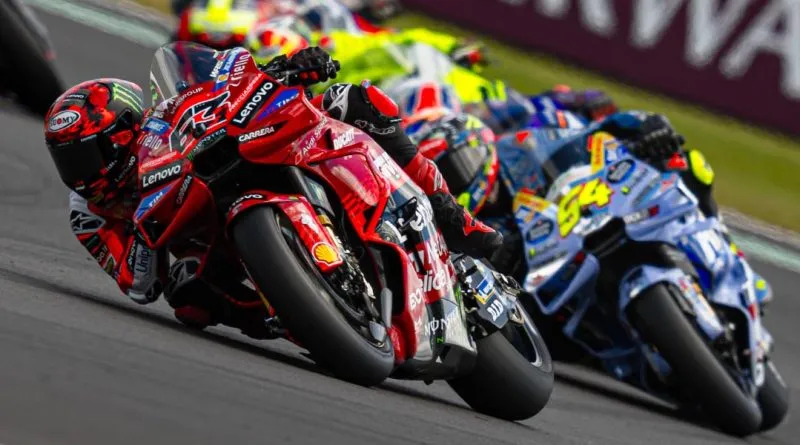
Time Attack Trouble: Rear Tire Shines, Front Falters
One of the key issues Bagnaia pointed to was the unpredictable behavior of the front end of the bike during time attack attempts. While the new soft rear tire provided excellent traction, it also appeared to exaggerate problems with the front tire’s feedback, compromising Bagnaia’s confidence through corners.
“We fitted a new soft rear tire, which worked very well,” he explained. “But I found a lack of feeling in the front—it tended to close too much, making me lose a bit of speed.”
The “front-end closing” phenomenon is particularly dangerous in MotoGP, often the precursor to crashes. Bagnaia’s decision to hold back slightly rather than risk a fall reflects his growing experience and maturity—but also a growing unease with the behavior of the GP25 under pressure.
Sector Two: The Achilles’ Heel
Another standout concern for Bagnaia in Aragon is his persistent struggle in Sector 2 of the circuit. The section is notoriously demanding, requiring rapid changes of direction and full rider commitment. Unfortunately, it’s also the sector where Bagnaia admits he’s losing the most time.
“At the moment, the bike is moving a lot and I can’t be as effective as I would like. I’m losing a lot in the second sector.”
This sort of instability is not just frustrating; it’s costly in qualifying and race scenarios alike. Sector 2’s complexity punishes even minor instability, and for a rider like Bagnaia—who is usually one of the smoothest in the paddock—it’s a worrying sign.
Direct Q2: A Small Win in a Larger Struggle
Despite the negatives, Bagnaia still managed to land directly in Q2, avoiding the stress and chaos of the Q1 session. This small win was important for Ducati and for Bagnaia’s morale.
“We managed to finish in the top ten, which was our goal. In terms of pace, we can fight for the podium and I felt good.”
The positive takeaway is that race pace isn’t the main issue—bike behavior during short-run time attacks is. That nuance matters because it means Bagnaia can still be a threat over race distance. However, to fight for pole position or start near the front, the team needs to resolve the lingering setup imbalances.
A Broader Trend of Difficulty in 2025
Aragon isn’t the first round where Bagnaia and Ducati’s GP25 have faced challenges. The reigning champion has seen inconsistency creep into his season—a troubling trend for someone defending a world title. While riders like Marc Márquez and Pedro Acosta have surged forward with confidence, Bagnaia is stuck juggling potential and practicality.
The Ducati GP25 remains an excellent motorcycle, but its refinements may have tipped the balance too far in one direction, creating vulnerabilities that Bagnaia is struggling to manage—particularly under low grip conditions like those found in Aragon.
Comparisons to Last Year: A Useless Exercise?
Interestingly, Bagnaia has emphasized that comparing the GP25 to last year’s bike is futile. Despite fans and pundits constantly bringing up 2024 as a benchmark, Bagnaia insists that the evolution of the sport and the machinery makes such comparisons “useless.”
He recently remarked, “It’s no use thinking about how the bike behaved last year. This is a different motorcycle in a different moment, and we need to make it work with today’s parameters.”
That pragmatic approach suggests Bagnaia is focused more on adapting than lamenting. Still, there’s no denying that the GP25 isn’t yet giving him the full package he needs to dominate like he did in 2022 and 2023.
Title Defense Under Threat?
As the MotoGP season rolls forward, every weekend matters more. While Bagnaia isn’t out of the title hunt by any stretch, his inconsistency and lack of confidence in key sessions are beginning to raise questions. Can he hold off challenges from Jorge Martín, Marc Márquez, or even young breakout stars like Pedro Acosta?
If the technical issues persist—especially those linked to front-end grip, sector-specific instability, and time attack performance—Bagnaia may find himself falling behind in both points and momentum.
Mental Fortitude: Pecco’s Real Weapon
What sets Francesco Bagnaia apart isn’t just his technical skill, but his psychological strength. In his interviews, even when frustrated, he maintains a calm and focused demeanor. He doesn’t throw his team under the bus, nor does he spiral into excuses. Instead, he provides detailed feedback, keeps his goals clear, and shows an unwavering commitment to improvement.
“With direct access to Q2, we will have time to deal with this more calmly,” he noted.
That calmness could be the difference-maker. While other riders get caught in the emotional roller coaster of MotoGP weekends, Bagnaia tends to stay level, even when things don’t go his way.

Looking Ahead: What’s Next for Bagnaia and Ducati?
With Q2 locked in, Bagnaia and his team have a crucial window to work on setup—particularly addressing the front-end feel and sector-specific instability. Aragon’s race conditions may favor strategic riders who can manage tires and pace over outright one-lap speed, which could work in Bagnaia’s favor.
But improvement must come soon. In a championship battle this close, there’s no time to be a few tenths off. Every qualifying row matters. Every setup decision could mean the difference between a podium and seventh place.
Final Thoughts: The Margin of Champions
Francesco Bagnaia is living proof of how MotoGP is a game of millimeters and milliseconds. At this level, a single front-end wiggle, a corner entry misjudged by a fraction, or a bad feeling in one sector can derail an entire weekend. That’s the kind of margin Bagnaia is dancing on in Aragon—and that’s why his words ring so true:
“A small detail can make a huge difference.”
The challenge now is whether Ducati and Bagnaia can find those missing details fast enough to turn doubt into domination—before the title fight slips out of reach.

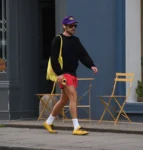

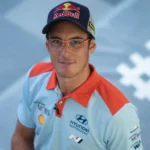

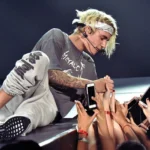


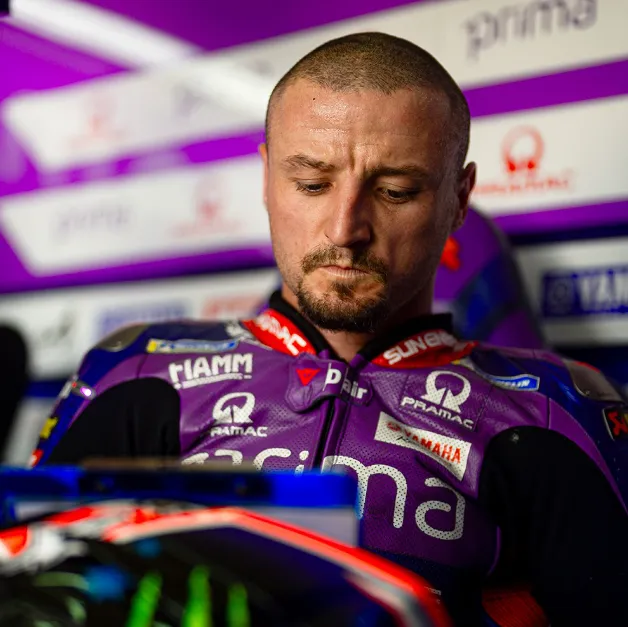

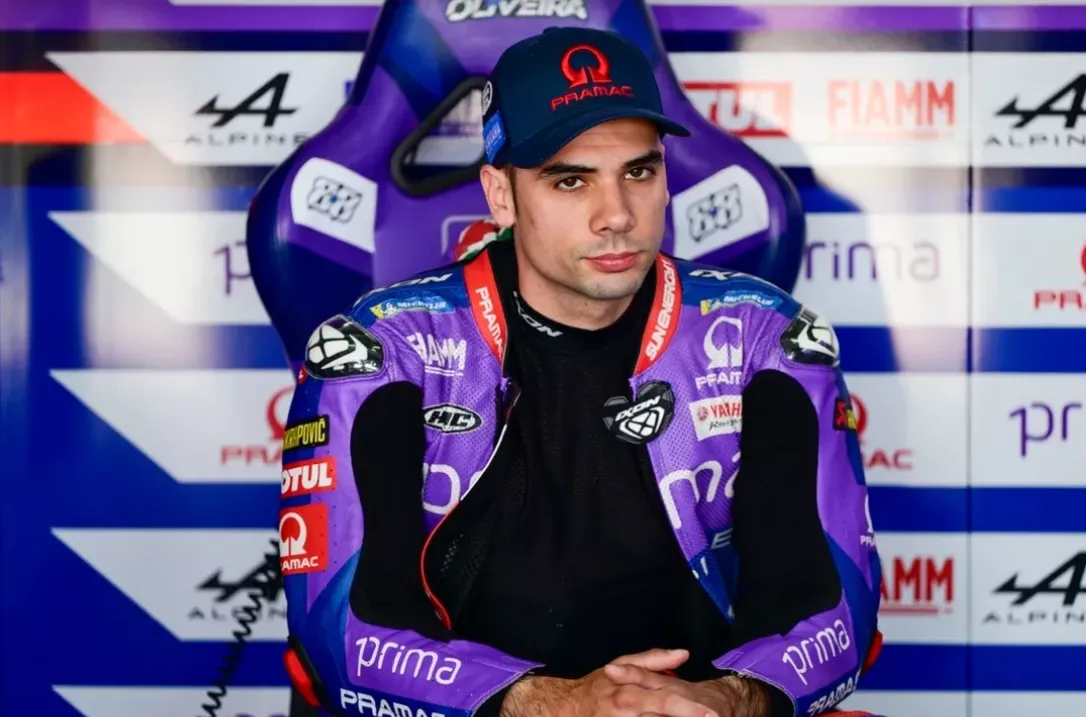








Post Comment